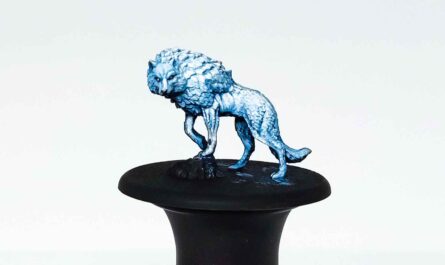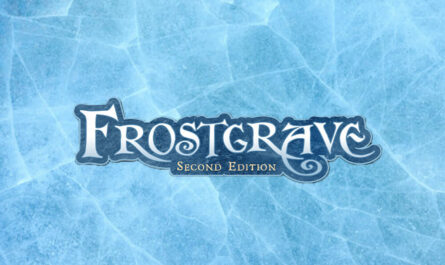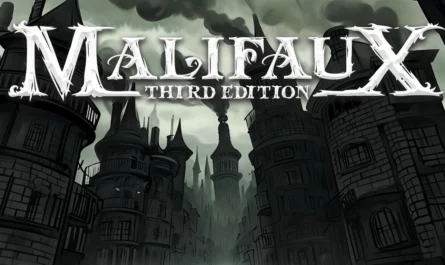
Night had only just fallen over Tauber when the hills began to hum, as if the island itself were holding its breath. I had climbed to the top of the Hill of Three Stumps when something extraordinary caught me.
At first, it was only a faint shiver in the ground, barely perceptible. Then, without warning, a pale gem burst from the soil, glowing with an otherworldly light. A Moonstone, freshly born. These stones never appear twice in the same place. They choose their moment—sometimes even their witness.
At the foot of the hill, figures were gathering: grumbling trolls, sly fairies, nobles far too polite to be trustworthy… and shadows one should not look at for too long. All of them, it seemed, were determined to leave with as much treasure as they could carry. As for me, I slipped away with my Moonstone clutched tightly under my arm—not out of fear, of course, but in the noble interest of science.
Yet even in that chaos, there was beauty. The people of this land amazed me as much with their trickery as with their courage. Magic here is not a rare art but a second nature—wild, poetic, and unpredictable. Everything is justified when a Moonstone is at stake, especially if it can be traded at the fabled Grommel Tower.
I will not pretend to write a formal treatise. It would be impossible. Tauber is a land of caprice. Its inhabitants quarrel over trifles, shift alliances as easily as they change their coats, laugh during duels, and weep at feasts. Nothing here is entirely serious. Nor entirely safe. And yet, the more I wander these lands, the more convinced I become: behind the absurd lies a deeper order. Tauber is a masquerade—but a masquerade with heart.
Description du jeu
Moonstone comes to us (at least here in France!) from across the Atlantic, from Great Britannia, home of the publisher Goblin King Games (and partially translated and distributed in France by Légion Distribution). It was created by Tom Greenway in 2019. The game has steadily grown in popularity over the past few years, allowing the team to expand (notably with V. G. Thorne handling the lore), new factions to emerge, and major community events to take place. In short, the game is on the rise—and deservedly so. (Why? Well, keep reading and you’ll find out!)
Moonstone is a skirmish game in which each player controls the same number of miniatures (usually 4 to 6). From fragile little fairies to lumbering giants, from those foolish goblins to treacherous humans, fantasy is present in every form! You lead your small band in a race to unearth Moonstones—the mysterious gems that wizards eagerly seek to buy, though no one truly knows why.
The game is designed for 2 to 4 players on a 36″ x 36″ table. Dice (d4) are only used to determine placement and to represent the Moonstones themselves. For everything else, no dice are rolled to resolve actions—instead, you draw cards, choose from them, and live with the consequences!
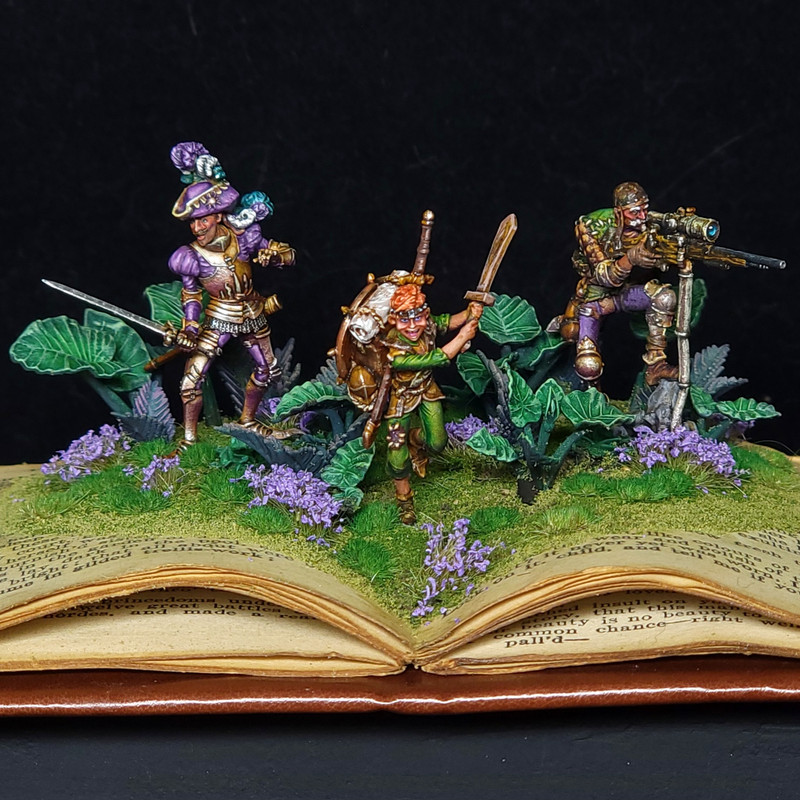
Objective of the Game
The winner is the player who holds the most Moonstones at the end of the fourth turn. In case of a tie, the game goes into sudden death until one player has more Moonstones than all the others. On top of this, you can add scenarios—some are available as free downloads on the publisher’s website. The full rules also include scenarios (7 in the rulebook, and 9 more in The Arising—all currently available in English only).
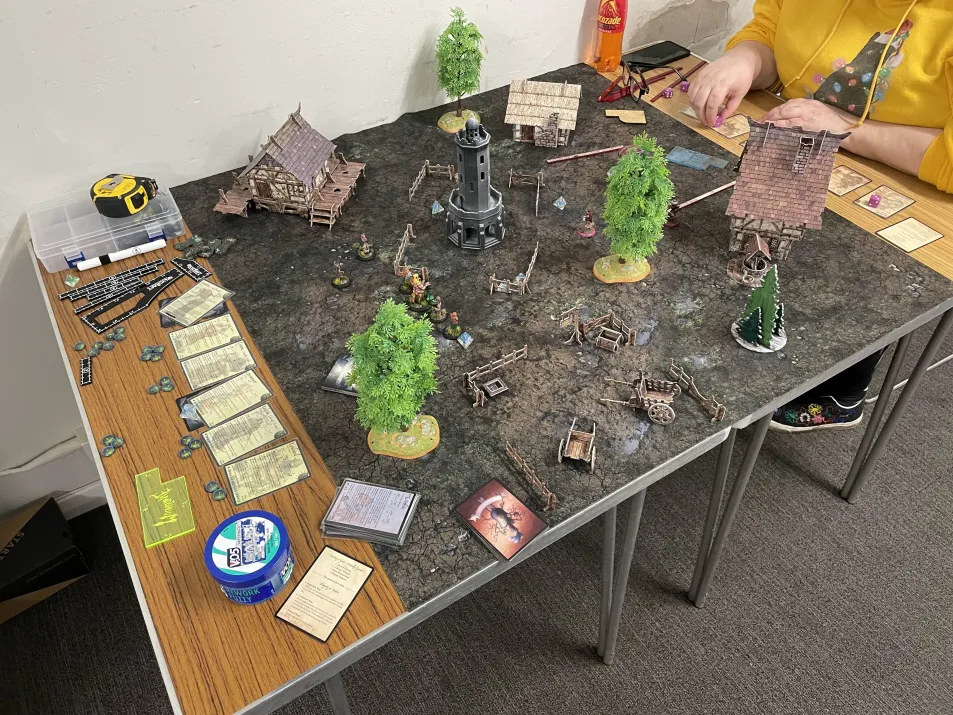
Motley crew
Moonstone doesn’t bother with recruitment costs—the format is simply based on the number of miniatures. Whether you field a troll, a gnome, or a fairy, it counts the same. Of course, each brings its own strengths and weaknesses: an ogre or troll will boast a lot of health but only a few actions, while a fairy can dart about gracefully yet shatters easily. Gnomes, humans, and goblins fall somewhere in between. On top of that, each character has unique abilities—some passive, some requiring action points, and others demanding an arcane test (spells, ranged attacks, or other uncertain tricks).
Once you’ve set the format for your game (4, 5, or 6 miniatures), the next step is choosing your faction from the four available: the Commonwealth, made up largely of humans, gnomes, and giants; the Dominion, long at odds with the Commonwealth but now in uneasy truce, home to goblins, fairies, trolls, and members of the old human nobility; the Leshavult Cultists, fanatics of the god Leshavit, gathering worshippers of all kinds alongside fauns; and finally, the Shades, a dethroned royalty thought gone forever, yet returned in the form of spirits, psychopomps, and other reanimated beings.
It’s worth noting that some characters pledge allegiance to more than one side, meaning they can fight for different factions depending on your choice.
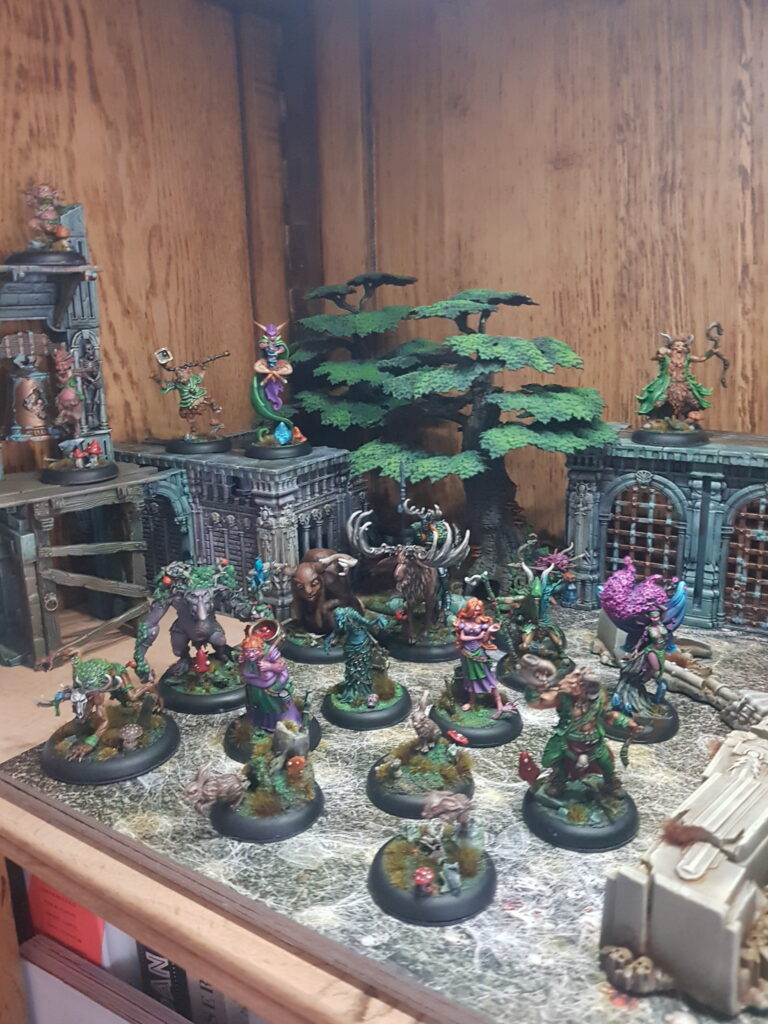
Game system
Moonstone is played over four rounds. The first round begins once the moonstones have been scattered across the battlefield. To do this, you take as many four-sided dice as there are moonstones in play, hold them about thirty centimeters above the table, and let them fall. Where the dice land determines both the location of the moonstones and their depth, indicated by the number rolled. From there, it’s all about making the most of your characters to claim as many moonstones as possible before the game ends.
Players take turns activating their miniatures, spending action points until each has been used. The game also allows for small repositioning moves made in reaction to an opponent’s actions.
You can find the basic rules, profile cards, paper standees, and scenarios available for free download on the publisher’s website. The core rules and cards are also available in French, Spanish, German, Greek, Chinese, and Japanese!
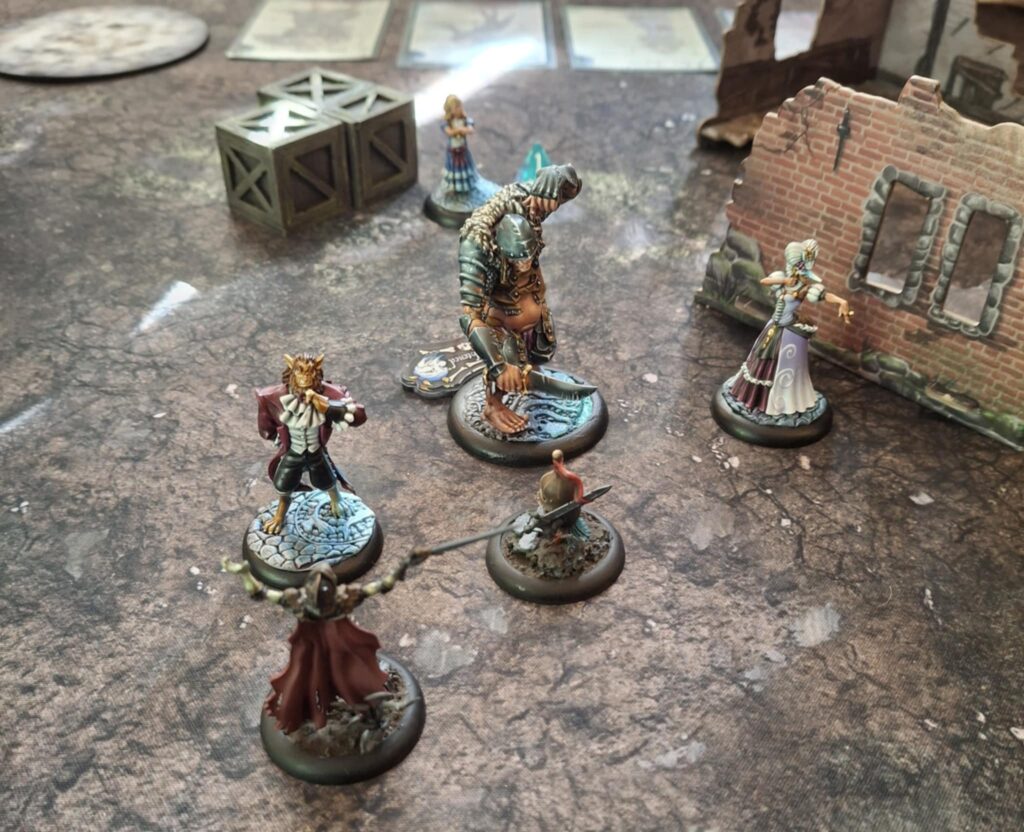
Game Turn
Each round begins by assigning energy to every character, based on their profile and remaining health points. Then, every miniature is activated once, with players alternating activations one after the other. On its activation, a miniature gets a free move and can then spend its action points however it likes: attacking, moving further, triggering abilities, or even digging up a moonstone. An action point can also be spent reactively to make a sidestep — a 1″ move to dodge, slip out of range, or block an opponent. It may not sound like much, but in the right hands it’s a razor-sharp tool!
Once everyone has acted, any unused action points are discarded, and a new round begins. Simple, isn’t it?
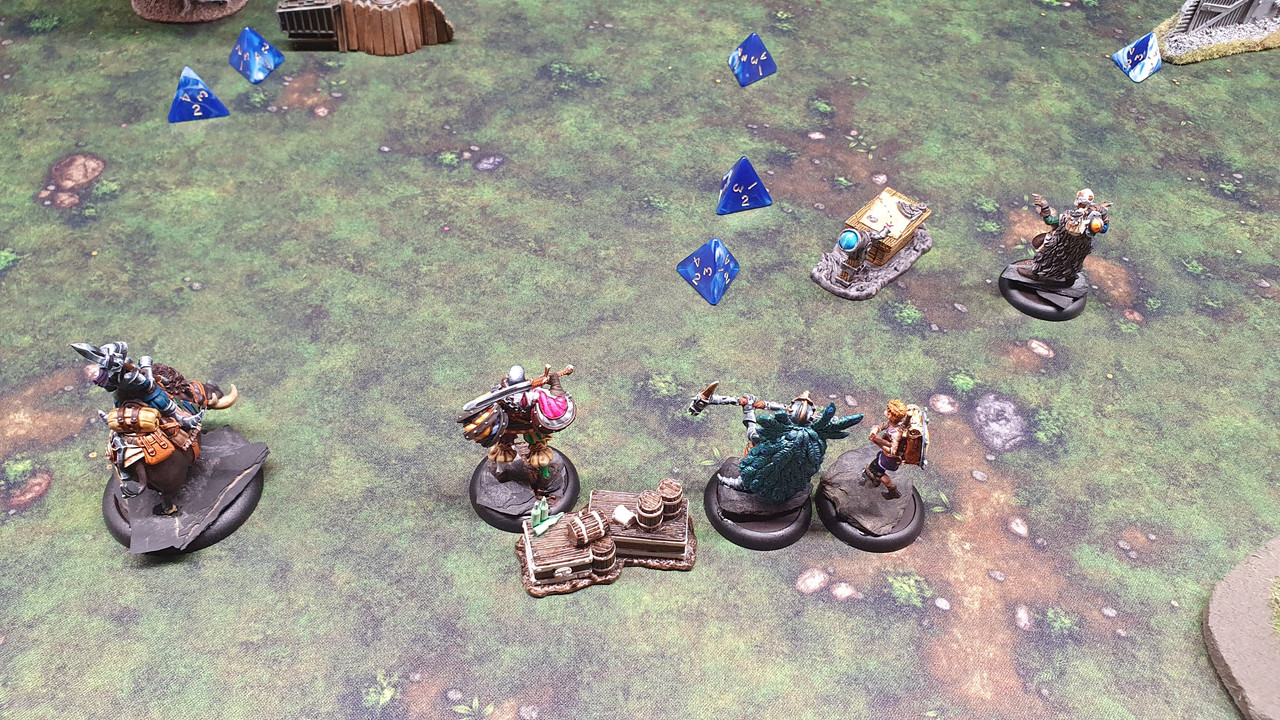
How to fight?
Sure, the goal is to collect the most moonstones—but cracking a few skulls along the way never hurt anyone’s chances of victory. Well… so to speak. In Moonstone, when one miniature attacks another, we’re treated to a true duel of blades. Each fighter chooses a move, and the outcome depends entirely on the cards selected by both players.
Cards? Exactly. Combat in Moonstone uses a shared combat deck of 18 cards. There are 3 copies of each of the 6 possible fighting stances—everything from a thrust to a sweeping strike to a low guard. Which one will you pick to outwit your opponent? Each fighter draws a number of cards equal to their melee stat, with the attacker gaining a small bonus.
Each card shows both the damage you would deal and the damage you would suffer if your opponent chose a given stance. Sometimes, if you play the perfect counter to their attack, you can immediately follow up with a bonus strike. And the icing on the cake? If you happen to hold multiple copies of your chosen attack, you can double—or even triple—the damage!
Game design only?
Absolutely not. The beauty of this system is how intuitive it feels. For example, if you play an upward strike and your opponent plays a low guard, no damage is dealt—because the defense logically blocks the attack. And since they found the perfect counter, they get to follow up with another move. When game design aligns so perfectly with storytelling, it’s a joy to watch.
To guide your decisions, you’ll weigh several factors:
- Your hand: What stances are actually available to you? Probabilities matter.
- Your abilities: A character wielding a massive hammer excels at blunt force but has no slashing options—removing certain attacks from the equation.
- Your signature move: Each character has a unique special attack (called a “signature move”), which can unleash devastating effects under the right conditions.
- Your opponent’s skills: Keep in mind their abilities and signature move as well.
- Armor: Some characters are resistant to certain damage types—so maybe think twice before hammering away at their strongest defense.
The result is a diceless combat system built on reading your opponent’s intentions, daring plays, and plenty of laughter—often punctuated by truly epic moments.
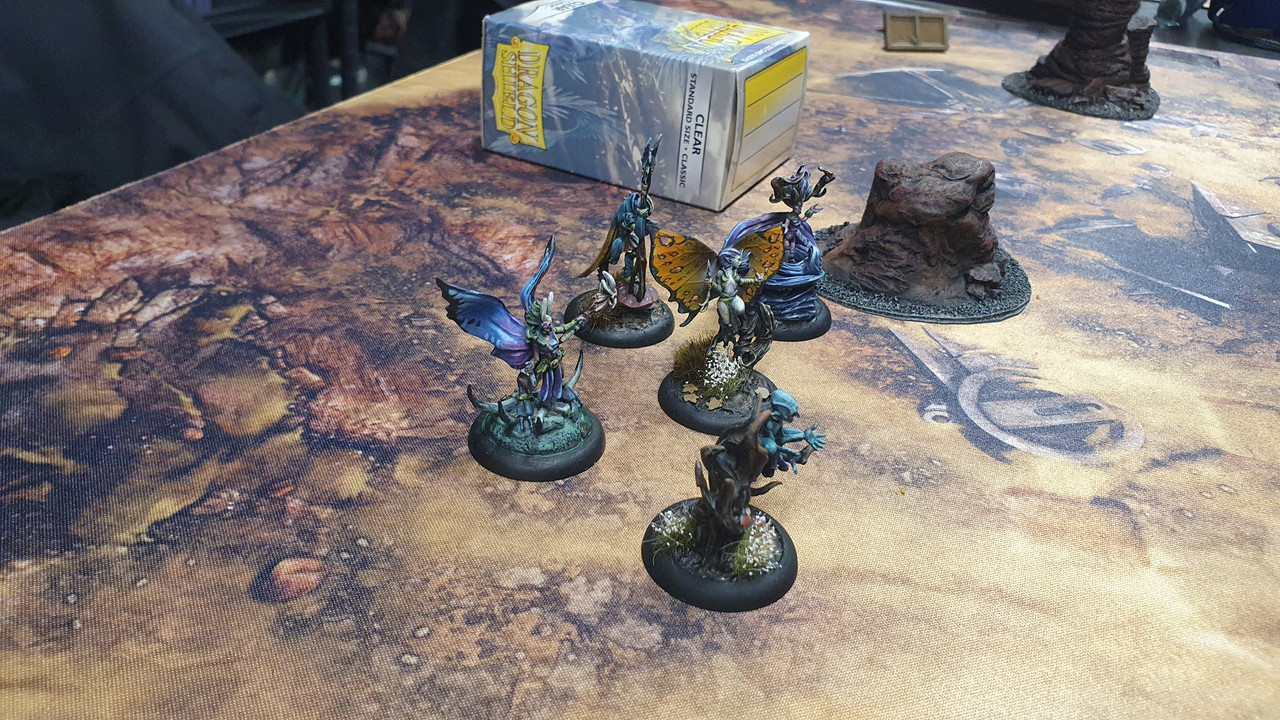
What about Magic ?
In much the same spirit as combat, magic in Moonstone is also resolved using cards. The shared Arcane Deck is made up of three colors (pink, blue, and green), with cards valued from 1 to 3—there are more 1s than 2s, and more 2s than 3s—plus a few dreaded catastrophe cards. Every spell or ability requires a specific color or value to be cast, sometimes even multiple of a certain color.
When a character attempts to use an arcane ability, the caster draws a number of cards equal to their Arcane stat, modified by the target’s Evasion stat (which can add or remove cards). Meanwhile, the opponent always draws six cards. And this is where the bluffing begins.
The caster chooses one card, places it face down, and declares the value they claim to be playing. The opponent must then decide: do they believe it or call the bluff?
If they accuse the caster of lying, the card is revealed. If it was indeed a bluff, the opponent gets to pick which card from their own hand applies—often a catastrophic one to punish the liar! But if the caster was truthful, not only does the spell succeed, they also immediately get to attempt it again with another card they drew.
If they accept, the spell succeeds—without the caster ever revealing the card.
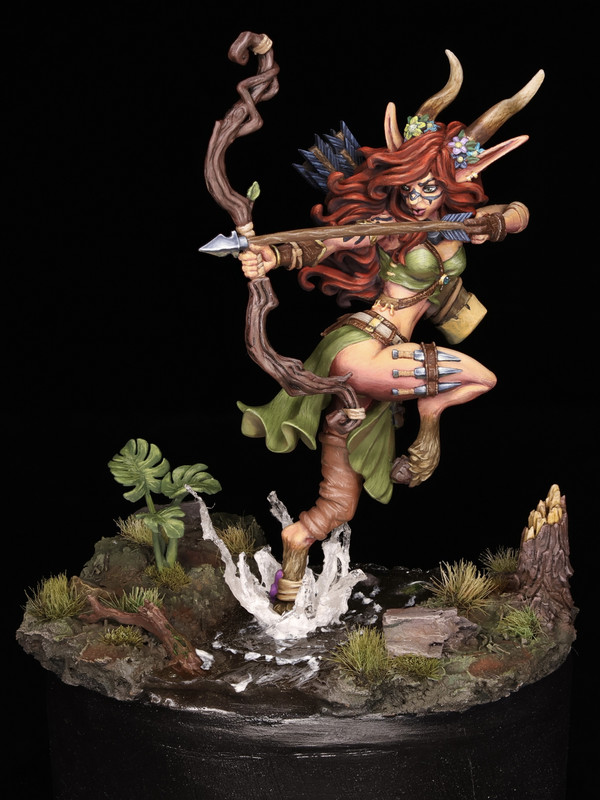
Campaign system?
Moonstone also offers a campaign system for those who want to link their games together. Each player controls a band of mercenaries hired by a sorcerer living in the Tower of Grommel. This “out-of-game” layer is managed by one player, who oversees the schedule as well as the intrigues between sessions.
These intrigues allow players to support or sabotage others—even those they aren’t directly facing that round. This can affect both the current game, by giving or removing campaign cards to the target, and the final outcome, through a betting system where players gain or lose intrigue points depending on match results. Of course, betting on a lower-ranked player offers higher rewards.
Additional rules allow for assaults or kidnappings to hinder a character or make them miss future sessions—but there’s no automatic success. Players draw an arcane card to determine the effect, and in the case of a catastrophe, the card is revealed and the attacker loses intrigue points. At regular intervals, players can also assign an upgrade card to a character, representing the experience gained by their band.
This keeps the fun and chaotic spirit alive, providing a campaign system that allows everyone to stay in the game and pull clever moves right up to the very last moment!
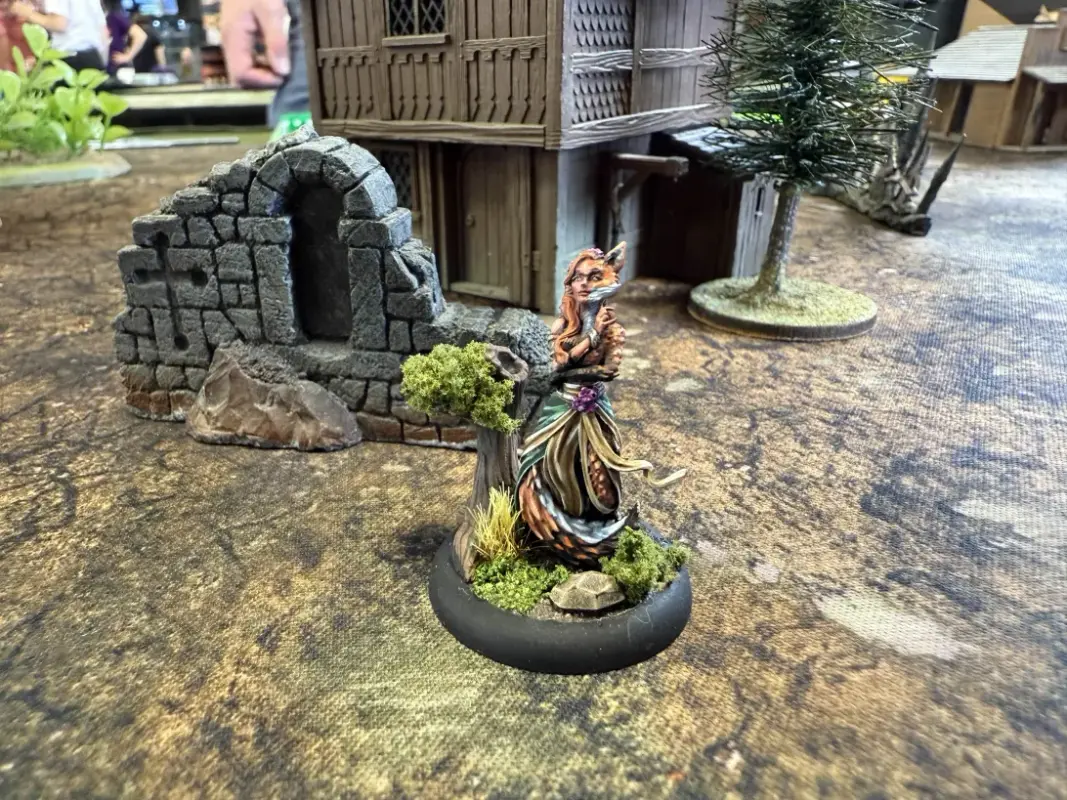
What make Moonstone so special ?
Honestly, almost everything! First, its whimsical and slightly chaotic fantasy setting, with a unique aesthetic. The gameplay emphasizes bluffing and “mind reading,” with minimal randomness—the cards are drawn, but it’s your choices that shape the outcome.
The game is also extremely quick to set up: everyone controls the same number of miniatures, Moonstones are scattered across the table, and the game begins. Four intense rounds provide fast-paced matches while still leaving room for tactical depth.
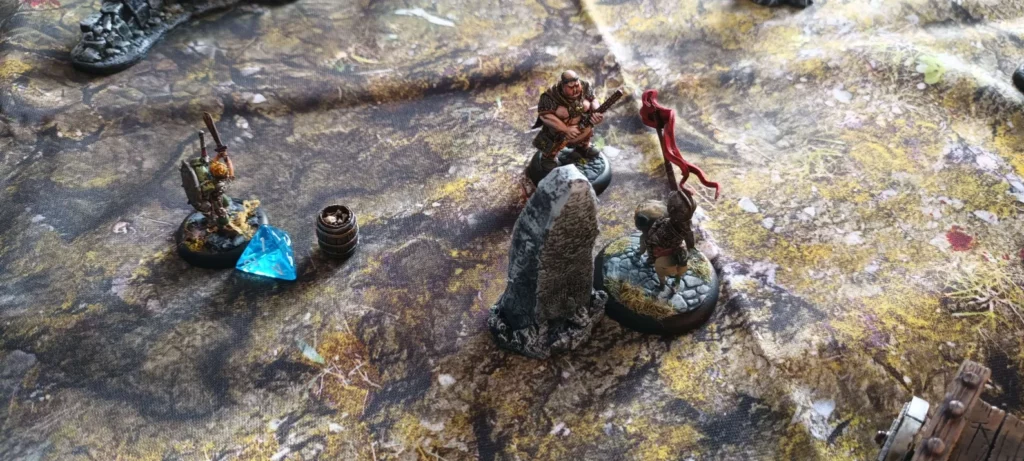
Who is this game for?
Moonstone is designed for clever, resourceful players. While you could technically field a team of strong brawlers to crush opponents, success usually comes from timing your clever moves to snatch the crucial Moonstone at the right moment. It’s less about total annihilation and more about outsmarting your opponents.
The game is fairly easy to pick up and incredibly dynamic thanks to alternating activation, arcane abilities, and combat mechanics that involve both players in resolving each action. However, every character has a unique profile. While some abilities are shared, each miniature has its own special skill or action, which can be a lot to take in at first. On the other hand, this creates enormous potential for synergies and creative strategies!
Moonstone is also one of the brands with the most finely detailed and beautiful miniatures I’ve ever seen. The fairies, in particular, are delicate and allow for painting stunning butterfly-like wings. Every miniature tells a story—their poses are carefully designed, and combined with their expressive eyes, it feels like each figure has its own personality. The quality of the resin casting is excellent. Simply top-notch!
Final word
Self-confidence !
In the french version, i used anold and odd reference to a commercial. Here… What I mean is, in this game, you can shape the randomness, yuo may draw random cards but YOU choose what to do with them. Trust yourself, enjoy the game and just have fun with your opponent(s).
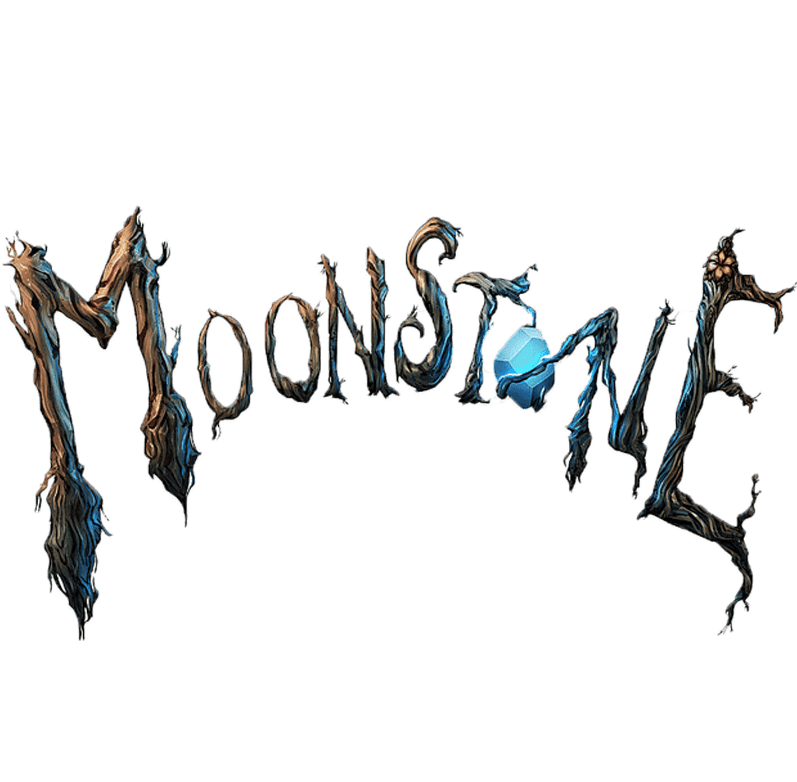
Find Moonstone players
Join your country’s Moonstone Discord community and find players near you.

